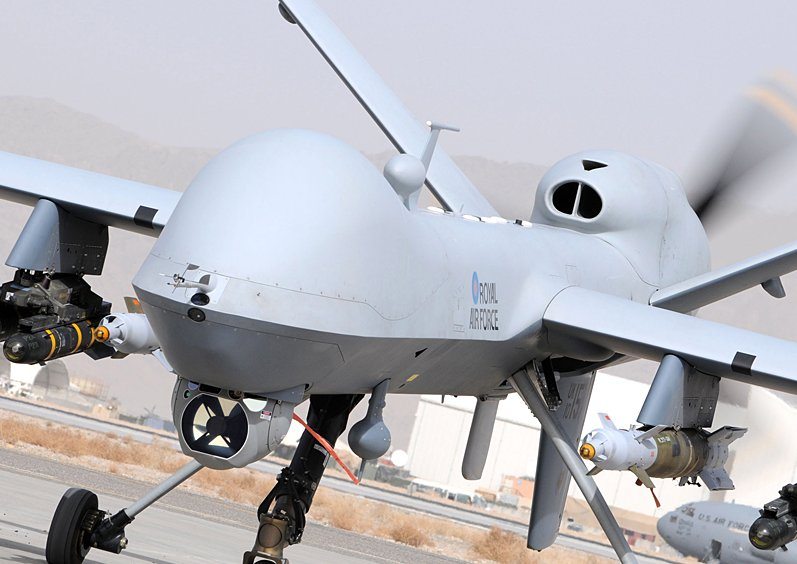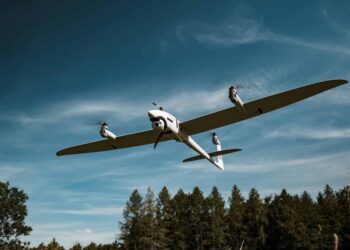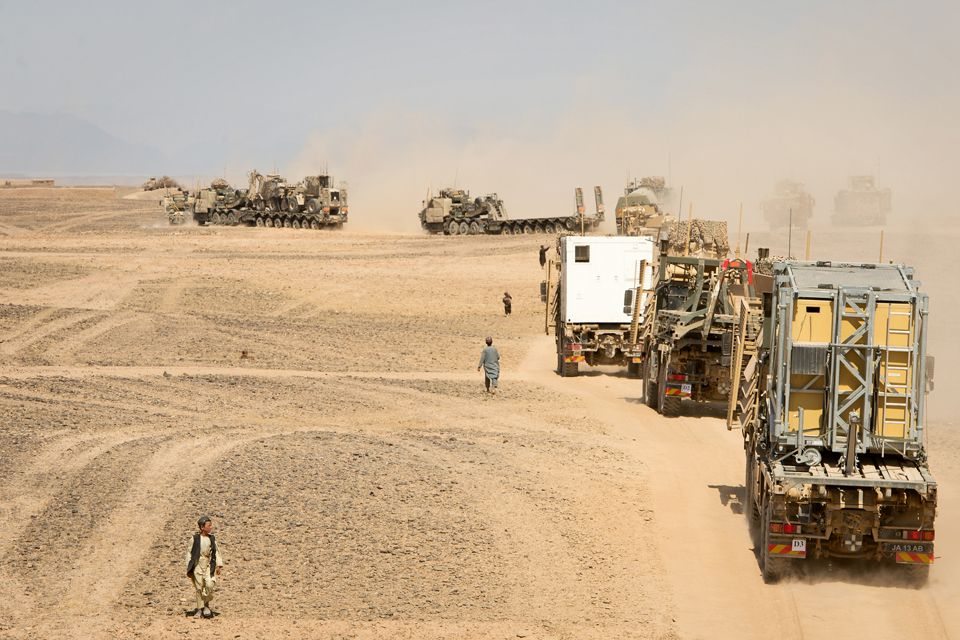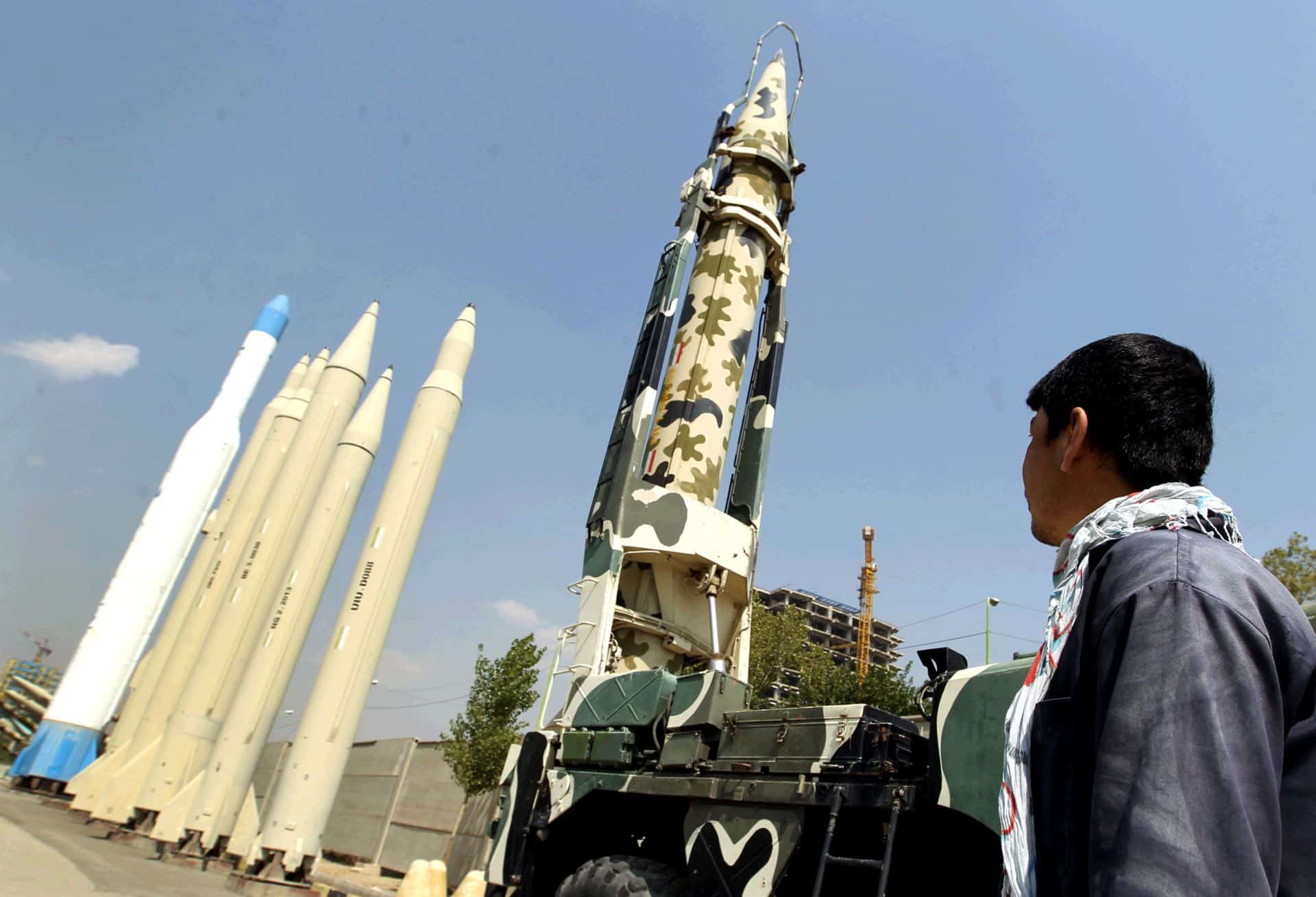This report analyzes the operational effectiveness of three RPA design concepts, plus the MQ-9 Reaper as a baseline, on a “hunter-killer” mission: to find and destroy a specific moving vehicle. The findings are based on the modeling results for a permissive scenario involving a relatively small search area, a short time frame, and restrictive rules of engagement in an urban setting and includes such environmental factors as fog and clouds.
This scenario allowed researchers to focus on trade-offs between platform size and number; sensor performance; and the complicating effects of darkness, fog, and cloud cover.
With these limitations in mind, the authors offer a series of conclusions, among them that the MQ-9 shows reasonably well against the other design concepts and that improving its sensor capabilities may be cost-effective.
Key Findings
- There Is No Silver Bullet for Remotely Piloted Aircraft (RPA) Performance in the Hunter-Killer Mission.
- Even in this highly constrained example, no single RPA concept performed well on all measures under all environmental conditions.
- Numbers Can Compensate for Capability
- In this scenario, two or three smaller RPAs with less-capable sensor packages were often able to equal or exceed the performance of the larger RPAs employed singly.
- The MQ-9 Holds Up Well Against the Other RPA Design Concepts We Modeled in This Scenario
- The MQ-9 was never dramatically outperformed and never fared worst on any measure. It compared favorably under most environmental conditions.
- Improving MQ-9 Sensor Capabilities May Be a Cost-Effective Option
- Although we did not perform a cost-effectiveness analysis, upgrading the sensors on existing MQ-9 platforms, in particular their FMV sensor capabilities, would permit greater operational flexibility and would offer enhanced operational effectiveness for this type of hunter-killer scenario.
Furthermore, if the discrete levels of magnification currently available on the Multispectral Targeting System, Model B (MTS-B) could be replaced with a continuous zoom feature, it could be used more effectively to enable the RPA pilot and sensor operator to balance competing mission objectives.
The Effectiveness of Remotely Piloted Aircraft in a Permissive Hunter-Killer Scenario (376 downloads)










